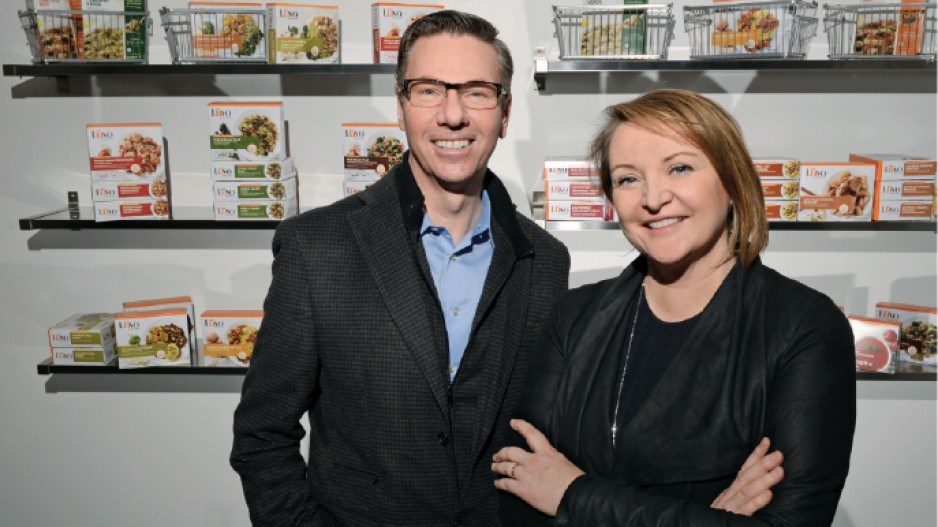Retailers can successfully build multiple brands simultaneously but more often than not marketing efforts are duplicated, which wastes money and confuses consumers.
"You lose your efficiencies on media buys," said Wasserman + Partners Advertising principal Alvin Wasserman. "That's true even if you're operating the brands in different areas. When you're fragmented, you end up splitting attention, so we really discourage people from sub-branding unless they really need to distance each of the brands from each other for a practical reason."
One of the most common reasons to launch a new brand is if different products are being sold and the new brand is targeting a different consumer.
Vancouver's Stephen Sidwell, for example, changed the name of his Lyfe Kitchen line of nutritious frozen meals to Luvo last year because its product lineup was starting to be different from his chain of healthy restaurants, which are still branded Lyfe Kitchen.
He and new CEO Christine Day now plan to launch a separate chain of Luvo restaurant kiosks licensed to franchisees.
Large companies such as Gap Inc. (NYSE:GPS) and L Brands (NYSE:LB) have long operated different chains of clothing stores but are careful to have each one target different consumers.
Gap's Banana Republic chain targets a higher-end consumer than its mid-market Gap-branded stores or its lower-end Old Navy stores. L Brands' Victoria's Secret similarly targets a higher-end consumer than its La Senza-branded chain.
Wasserman said it also makes sense to keep a brand distinct from the parent company's main brand following an acquisition if the newly obtained brand has a particularly strong local profile.
So it was reasonable for Minneapolis-based Best Buy Co. (NYSE:BBY) to keep the Future Shop name on 88 stores in 2001, when it paid B.C.-based owner Hassan Khosrowshahi $580 million for the electronics retailer.
Similarly, in the 1980s, when U.K. hospitality giant Whitbread PLC bought restaurant chain The Keg, Wasserman said it was a good marketing move for the company to leave The Keg's brand on its Canadian restaurants because it had such local resonance.
Coastal Contacts Inc. (TSX:COA; Nasdaq:COA), however, sells identical products at its Coastal.com website in the U.S. and its ClearlyContacts.ca online store in Canada.
"It would be a lot easier to have one brand and one company, one marketing plan and one message, one logo," said Roger Hardy, CEO of Coastal Contacts, which is in the process of being bought by Essilor International for $430 million.
But Hardy said contact lens manufacturers, such as Johnson & Johnson (NYSE:JNJ) and Bausch & Lomb, set different prices for their lenses in different countries.
Instead of using the U.S. dollar as the currency of choice, manufacturers set their own prices based on foreign exchange rates and are then slow to change those prices when foreign exchange rates swing.
"When we were starting out and were exclusively selling contact lenses, it didn't make sense for us to have someone go to our site and see different prices for Canada and the U.S.," Hardy said.
"So that was the basis for us having multiple brands."
The 15-year-old Coastal Contacts has since bought Lensway in Sweden and has launched a brand in Japan called Contact San.
"Having different brands allows us to localize sites in Japanese or in Swedish and have different nuances in Canada and the U.S.," Hardy said. "It gives us a dialogue, dialect and persona."
Four times a year, Business in Vancouver promotes the message of business excellence with our award-winning Business Excellence Series. Topics identify specific issues that contribute to business excellence. Our 2014 series includes Marketing to Increase Sales, which will be presented on March 25, 2015.
For more information about this event, which includes a moderator-led panel discussion/breakfast, click here.




